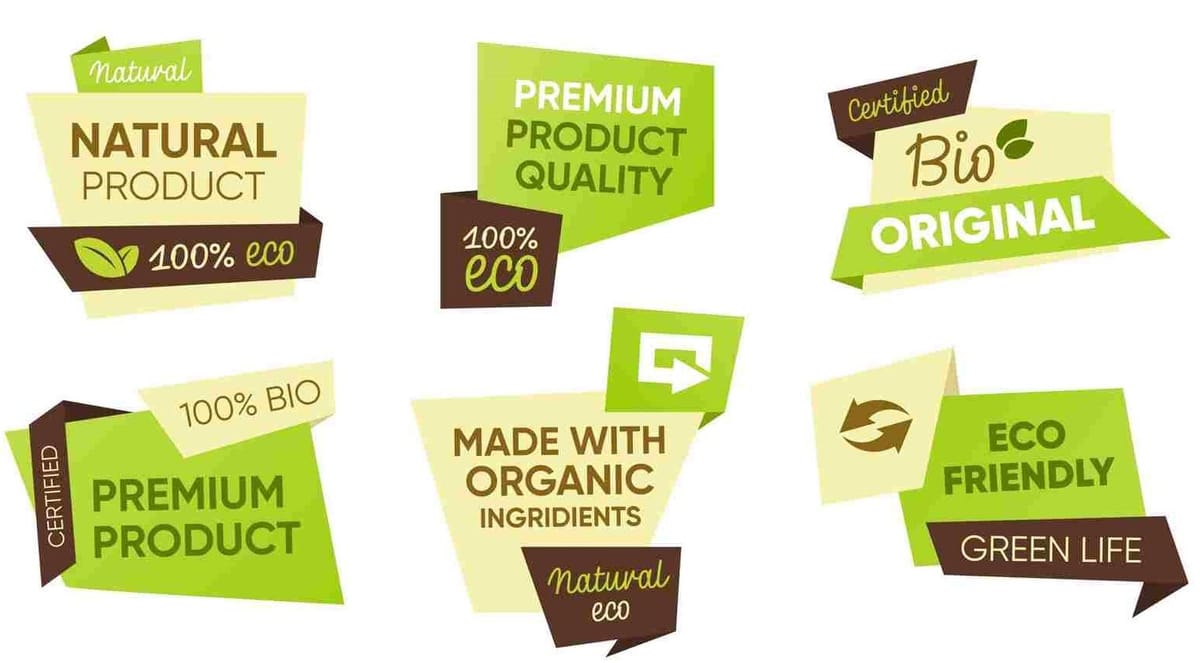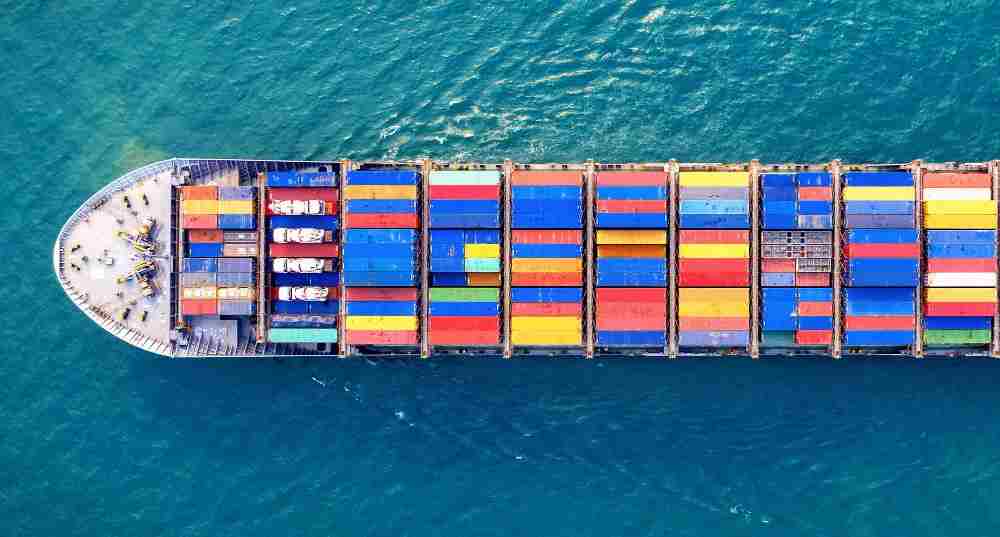How Sustainability is Rewriting Chemical Trading
From regulation to revenue: the business case for sustainable trading.

For decades, chemical trading revolved around cost, reliability, and regulatory compliance. But today, a fourth dimension is reshaping the landscape — sustainability. What was once a marketing tool turned into a corporate social responsibility goal and is becoming a non-negotiable market requirement. Be it a multinational producer of industrial chemicals or a medium regional distributor of chemical products, sustainability credentials now determine who can sell what to whom, where, and for how much.

From REACH to ESG: A Broader, Greener Definition of Compliance
The European chemicals market was already one of the most heavily regulated in the world under REACH and CLP—frameworks which focus on chemical product safety, toxicity, and data transparency. But the new wave of sustainability rules (from carbon border taxes to corporate ESG reporting) is far more expansive.
The EU Green Deal and the Carbon Border Adjustment Mechanism (CBAM) are changing how imported chemicals are priced. Products with high embedded emissions are effectively taxed, forcing exporters to quantify and declare their carbon intensity. Meanwhile, the Corporate Sustainability Reporting Directive (CSRD) compels large companies to disclose supply-chain emissions and sustainability metrics, meaning their suppliers (even and often SMEs) must now provide credible data.

Similar trends are emerging worldwide. The US SEC’s Climate Disclosure Rule, China’s Green Supply Chain initiative, and voluntary schemes in South Korea and Japan are all converging towards a single expectation: every chemical traded internationally will soon carry not only a Safety Data Sheet but also a Sustainability Data Sheet.
The Hidden Cost of Green Compliance
For small and mid-sized chemical businesses, the challenge is steep. Gathering lifecycle data, verifying carbon footprints, and certifying bio-based or recycled content all require expertise and investment. The cost of third-party verification can range from a few thousand euros per chemical product line to hundreds of thousands for a complex product portfolio.
Documentation cycles are also lengthening. Buyers are no longer satisfied with technical specifications — they request Scope 3 emissions, traceability documentation, and ESG ratings before signing contracts. For traders who depend on speed and agility, this can be a speed bump for deals, all while tying up working capital.
Yet these costs have a silver lining, as compliance creates differentiation.
Related articles: How to Profit from Chemical Product Sustainability or A World of Chemicals in One Place
With a growing number of downstream customers (particularly in consumer goods, automotive, and coatings) willing to pay a premium for verified sustainable inputs, chemical traders who can document and communicate their sustainability performance are already gaining preferential supplier status and making bigger, better deals.
Chemical Supply Chains Under Transformation
Sustainability requirements are forcing companies to rethink not just what they trade, but how and from where. Multinational buyers are shortening supply chains to reduce logistics emissions and improve data reliability.
A European coatings manufacturer, for example, might switch from importing Asian intermediates to sourcing bio-based solvents from a regional producer. Even if the per-tonne cost is higher, the overall environmental and reputational return justifies the switch. For this reason, recycled methanol, bio-naphtha, and renewable surfactants are gradually replacing fossil-based equivalents in high-value markets.

For chemical traders, this creates both disruption and opportunity. Traditional trading routes may become less competitive, but new markets are opening for low-carbon, traceable, or circular materials. Those able to identify and supply sustainable alternatives — supported by credible data — will capture these emerging demand streams.
Turning Compliance into Competitive Edge
Sustainability is no longer a compliance burden — it’s becoming a business strategy. As regulation converges with market demand, the most agile chemical traders are treating sustainability data as a new form of currency: a means to secure access, justify premiums, and build long-term customer loyalty.
Ultimately, the shift from regulation to revenue is already under way. Chemical traders who embrace sustainability as part of their trading proposition — rather than a regulatory hurdle — will find themselves at the front of the queue when the next chemical product deal is put to tender.
Photo credit: Freepik, valeria_aksakova, pch vector, & tawatchai07



